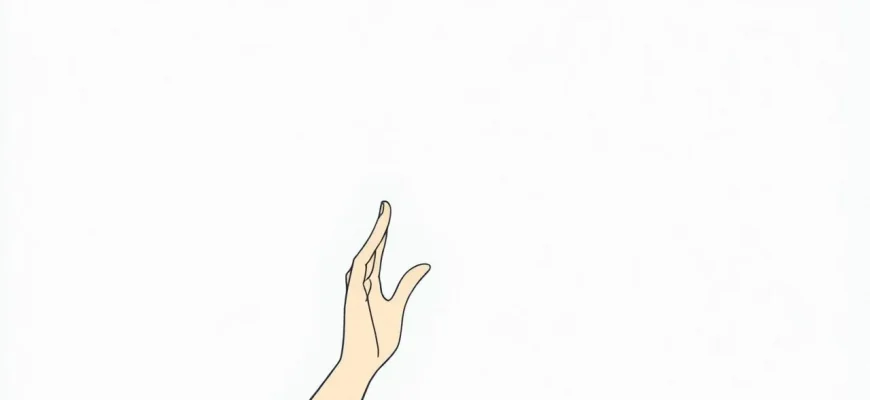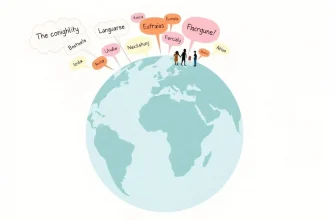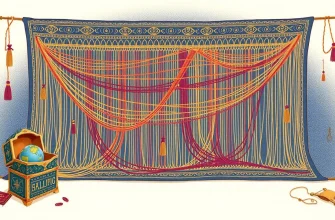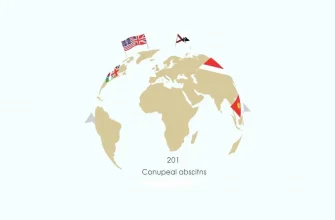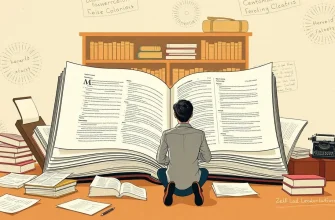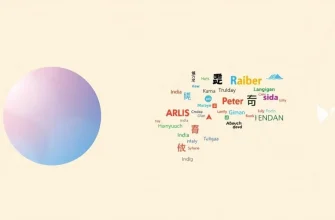Sign language is not just a means of communication for the deaf and hard of hearing; it's a vibrant culture with its own history, art, and community. This collection of documentaries provides a window into the world of sign language, showcasing its significance, the challenges faced by its users, and the beauty of its expression. Whether you're a sign language enthusiast, a student, or simply curious about this form of communication, these films will enrich your understanding and appreciation.
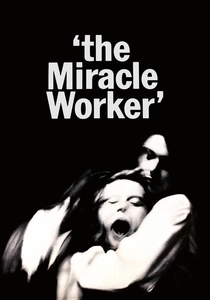
The Miracle Worker (1962)
Description: While not a documentary, this film is based on the true story of Helen Keller and her teacher, Annie Sullivan, who taught her sign language, providing insight into the transformative power of communication through touch and sign.
Fact: The film won two Academy Awards, including Best Actress for Anne Bancroft and Best Supporting Actress for Patty Duke.
 Watch Now
Watch Now 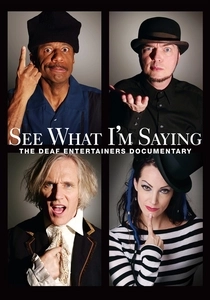
See What I'm Saying: The Deaf Entertainers Documentary (2010)
Description: This film profiles four deaf entertainers, including a drummer, a comedian, an actress, and a singer, showing how they navigate the entertainment industry while using sign language as their primary means of communication.
Fact: The documentary includes a performance by deaf singer Sean Forbes, who has opened for Eminem.
 Watch Now
Watch Now 
The Silent Natural (2019)
Description: This documentary tells the story of William Hoy, a deaf baseball player from the 19th century, who revolutionized the game by introducing hand signals, which are now standard in baseball.
Fact: Hoy's contributions to baseball were recognized by the National Baseball Hall of Fame in
 Watch Now
Watch Now 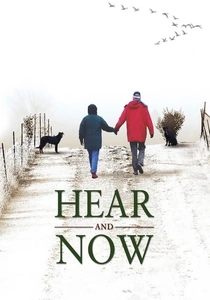
Hear and Now (2007)
Description: This film follows a deaf man's journey to regain his hearing through a cochlear implant, capturing the emotional and cultural implications of this decision within the deaf community.
Fact: The protagonist, Paul McCartney, is not related to the famous Beatle but shares the same name.
 Watch Now
Watch Now 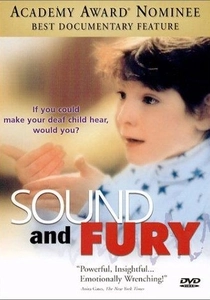
Sound and Fury (2000)
Description: This documentary explores the profound decisions faced by two deaf brothers, one of whom chooses to have his child undergo a cochlear implant, while the other opts for his children to grow up deaf and learn sign language. It delves into the cultural and personal implications of these choices.
Fact: The film was nominated for an Academy Award for Best Documentary Feature. It sparked widespread discussion on the ethics of cochlear implants in the deaf community.
 30 Days Free
30 Days Free 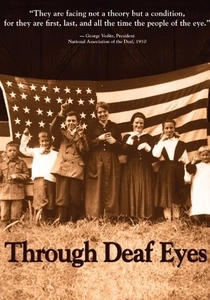
Through Deaf Eyes (2007)
Description: This PBS documentary traces the history of deaf culture in America, highlighting the evolution of sign language and the struggles for recognition and rights. It features interviews with deaf individuals from various backgrounds, providing a comprehensive look at the community.
Fact: The film was produced in collaboration with Gallaudet University, a world-renowned institution for deaf education.
 30 Days Free
30 Days Free 
The End (2016)
Description: This documentary follows a group of deaf individuals as they prepare for a unique performance of "The End," a play about the apocalypse, entirely in British Sign Language (BSL). It showcases the artistry and expressiveness of BSL.
Fact: The film was directed by a deaf filmmaker, ensuring an authentic representation of the deaf experience.
 30 Days Free
30 Days Free 
Deaf Jam (2014)
Description: This heartwarming documentary follows Aneta Brodski, a deaf teenager, as she collaborates with a hearing beatboxer to create a unique performance that bridges the gap between the deaf and hearing worlds through music and sign language.
Fact: The film won the Audience Award at the South by Southwest Film Festival.
 30 Days Free
30 Days Free 
Signing the Body Electric (2006)
Description: This documentary explores the intersection of technology and sign language, focusing on how digital tools are changing the way deaf people communicate and interact with the world.
Fact: The film features interviews with pioneers in deaf technology and accessibility.
 30 Days Free
30 Days Free 
Deafhood (2006)
Description: This film explores the concept of "Deafhood," a term coined to describe the cultural, linguistic, and social identity of deaf people, contrasting it with the medical model of deafness.
Fact: The term "Deafhood" was introduced by Paddy Ladd, a deaf scholar, to challenge the prevailing views on deafness.
 30 Days Free
30 Days Free 
